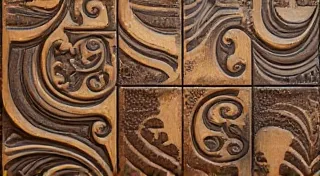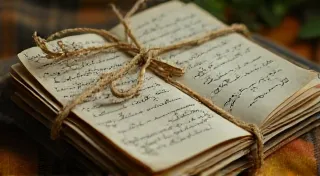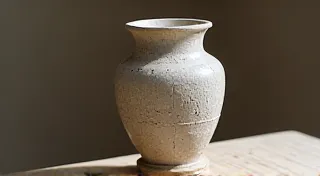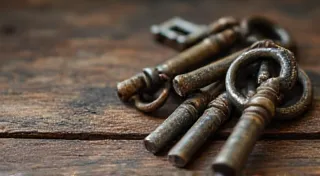Fractured Narratives: A Guide to Book Repair for the Intrepid Binder
There's a peculiar beauty in fragility. In the way a worn photograph curls at the corners, or the faded ink of a forgotten letter whispers stories of lives lived long ago. I’m often reminded of this when I work with antique accordions – their bellows stretched thin, their keys worn smooth by countless hands. They hold a tangible connection to the past, a resonance of shared moments, much like a treasured book struggling to survive the relentless march of time.
This isn't simply a craft; it's a quiet act of preservation. Book repair, especially when dealing with leather-bound volumes, is a profound responsibility. We aren’t simply fixing a damaged object; we’re attempting to mend a fragment of history, to safeguard a voice that might otherwise fall silent. This guide isn's just about the ‘how’ of book repair; it’s about the ‘why’—the respect and understanding that must underpin every intervention.
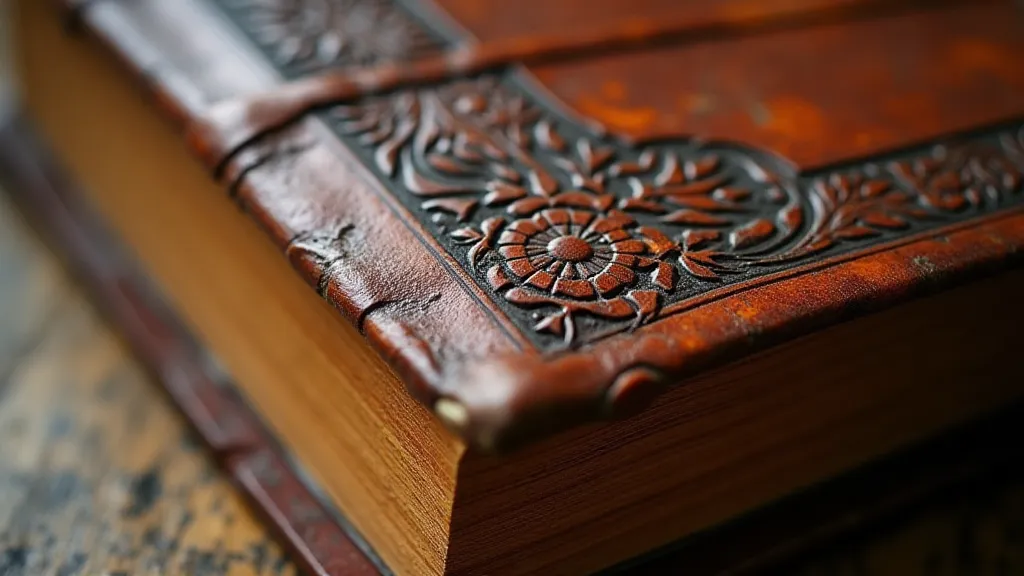
The Ethical Considerations: Tread Lightly
Before even touching a damaged book, consider the ethical implications. Do you aim for a faithful restoration—returning the book to as close to its original condition as possible? Or is a sympathetic repair more appropriate—correcting structural flaws while retaining the book’s character and historical evidence of past repairs?
The former, a true restoration, demands meticulous research into the book’s construction, materials, and binding style. It requires not only technical skill but also a deep understanding of historical bookbinding methods. The latter, a sympathetic repair, allows for a little more creative liberty, but it must always be done with the book’s long-term preservation in mind. Over-cleaning, for instance, can erase valuable information about the book’s history and provenance. Applying modern adhesives might compromise the structure in the future.
Think of a cracked accordion bellows. You could patch it with modern, industrial-strength material, essentially making it “functional” again. But wouldn't it be more respectful to attempt a repair using traditional techniques and materials—perhaps using carefully selected parchment—that would honour the instrument’s original design and construction?
Essential Tools & Materials: Your Binder’s Arsenal
While the principles remain consistent, the specifics of book repair will depend on the extent of the damage. However, here's a foundational list of tools and materials for those venturing into leather bookbinding techniques:
- Bone Folder: For scoring paper and smoothing leather. A cornerstone of any bookbinder’s kit.
- Bookbinding Needles: Strong, tapered needles specifically designed for leather and paper.
- Waxed Linen Thread: Strong and durable thread for stitching. Linen is traditional and provides a beautiful finish.
- Bookbinding Glue (PVA): A conservation-grade adhesive. Avoid anything with acids.
- Leather Parchement (Goat or Calfskin): For reinforcing spine hinges and creating new endpapers.
- Japanese Tissue Paper: For lining torn pages and consolidating fragile paper.
- Scalpel/Craft Knife: For precise cutting.
- Awl: For creating stitch holes.
- Parchment Paper: To protect work surfaces and prevent glue from sticking.
- Conservation Sponge: For gentle cleaning.
Beyond the basics, more advanced repairs may necessitate specialized tools like a backing machine (for re-backing the spine) or a leather splitting machine. Building your tool collection gradually is perfectly acceptable; focus on acquiring quality tools that will last.
The Binding Leather Spine: A Delicate Operation
The spine is often the most vulnerable part of a leather-bound book. Cracking, peeling, and loss of leather are common ailments. Reinforcing a weakening spine often involves creating a leather spine liner – a piece of thin leather (often goat or calfskin) glued to the original spine to provide strength.
Creating new spine caps, the protective leather pieces at the top and bottom of the spine, requires careful measuring and shaping. The leather should be dyed to match the original, or, if a perfect match is impossible, a subtle difference can be accepted for a sympathetic repair.
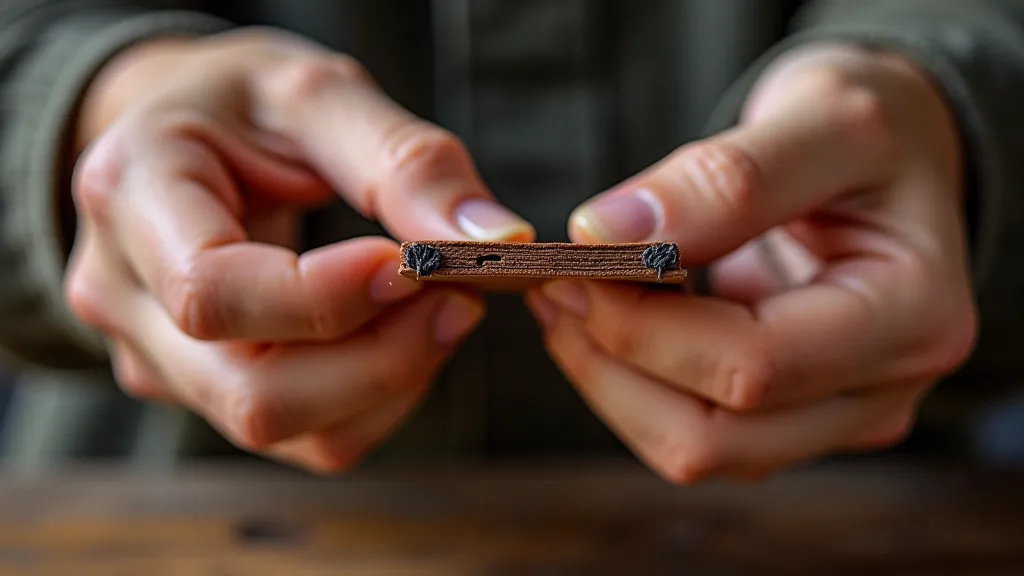
Stitching the spine liner, spine caps, and endpapers to the text block is a core skill in leather bookbinding techniques. The “French link stitch” and “Kelmscott stitch” are two popular choices, each offering a unique aesthetic and structural integrity.
Repairing Torn Pages: The Art of Consolidation
Torn pages are another frequent challenge. The key is to consolidate the paper fibers before attempting any repair. Japanese tissue paper and a conservation-grade wheat starch paste (or PVA adhesive, diluted) are your primary tools here. Apply the adhesive thinly and evenly, pressing the paper fibers back into place. Avoid over-saturation, which can lead to cockling (rippling) and weakening of the paper.
Creating Custom Notebooks: Applying the Principles
The skills learned in book repair readily translate into the creation of custom notebooks and journals. Understanding the structure of a book – the text block, the spine, the covers – empowers you to design and build your own unique creations. Consider using hand-marbled paper for the covers, experimenting with different leather textures, and incorporating decorative stitching patterns. This is where you can truly let your creativity flow, while still respecting the foundational principles of bookbinding.
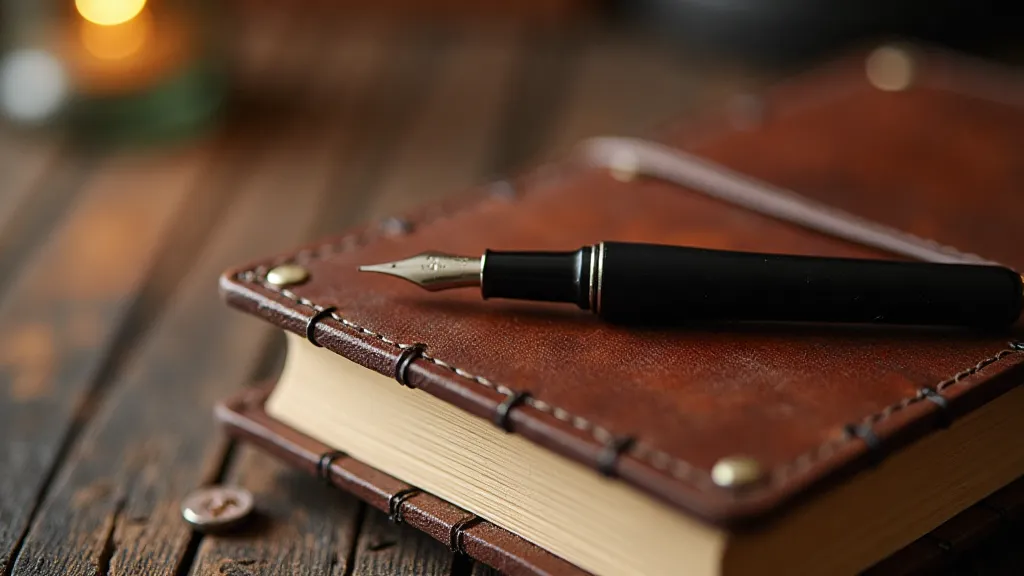
Beyond the Tutorial: A Lifelong Pursuit
Repairing damaged books is more than just a craft; it's a dialogue with the past. It’s a chance to connect with the artisans who created these objects, to understand their techniques, and to appreciate the enduring power of the written word. Like mastering an antique accordion, the journey is one of continual learning, experimentation, and quiet reverence for the legacy of craftsmanship. Each repair is a story in itself—a testament to the fragility of time, and the enduring human desire to preserve beauty and knowledge.
